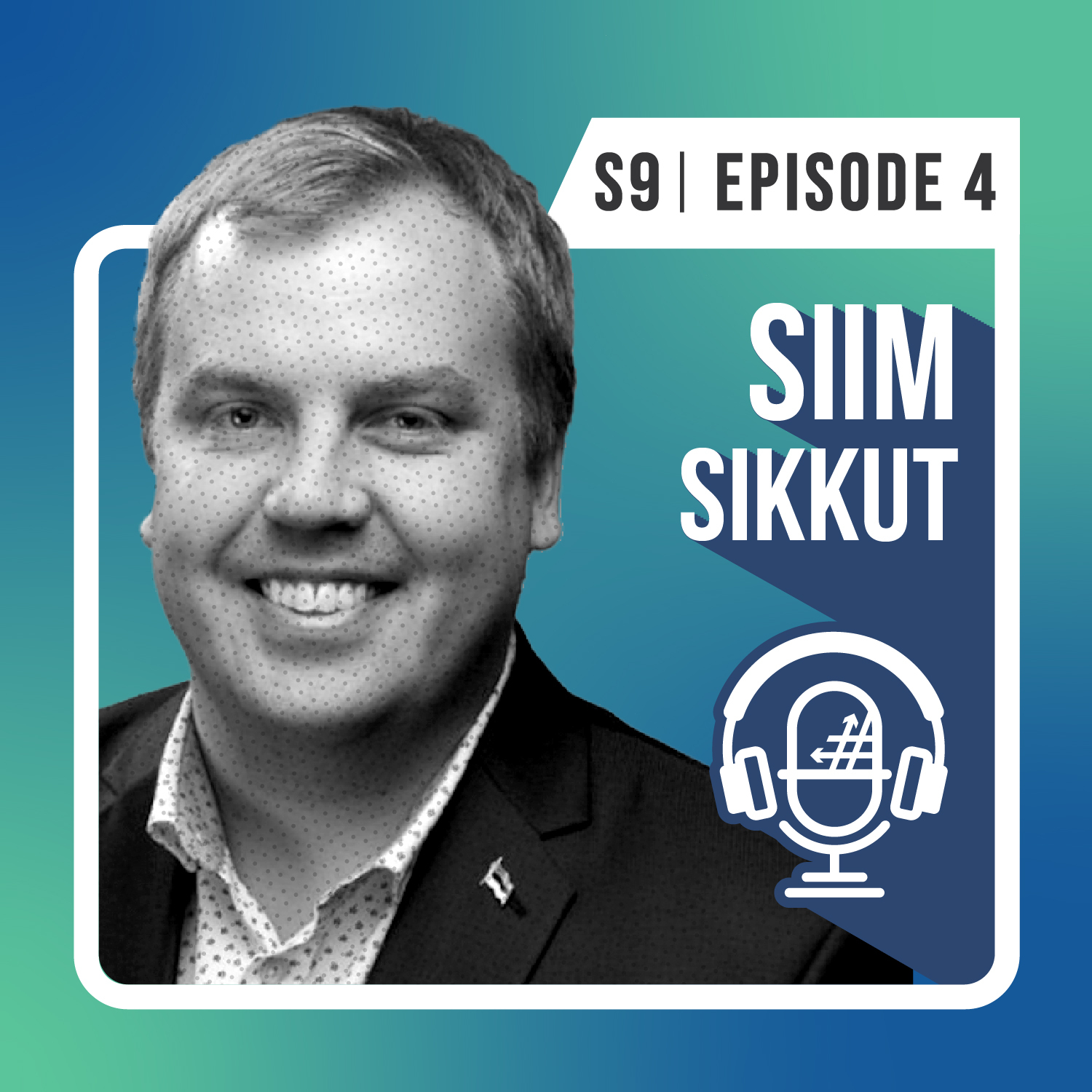S3 E5: Microsoft Teams “Triage” at Bala Consulting Engineering with Matt Ezold

In this podcast, let’s examine how a Teams ‘triage’ process have pushed a multi-discipline engineering design company to make collaboration more consistent.
Today’s guest, Matt Ezold, Director of Digital Planning at Bala Consulting Engineering, will tell us the story of how their executive leaders at Bala have acknowledged the power of Teams as a collaboration tool and their adoption journey.
Listen and explore how Matt and his team created a digital community with longer-lasting collaboration relationships.
In this episode:
A bit of a background
We are a building engineering firm with roughly 200 staff across five offices. So that’s mechanical, electrical, plumbing, structural, commissioning, fire prevention and then technology, which is the umbrella into AV IT security, master planning, digital planning; really any way in which the digital impacts the physical environment.
My primary role is to work with clients on developing technology strategies, user experience, and really look at how technology is going into their physical environment.
Communication before Teams
On a regular basis, we have people that come in and out of projects. There may be a skillset or a discipline that’s needed for only a short period of time. We were handling things the way a lot of companies handle it: “Well, let me forward you the five emails I think are most appropriate to get you up to speed. Let me share you that OneNote page that someone had started a while ago”.
But that ability to say, “Let me drop you in the middle of a conversation and let me share everything that’s been set up until then”; the mindset, just the understanding that we could do it wasn’t even there let alone the understanding of how powerful that would be. And so we were using all the traditional tools as well as anyone else, but really hadn’t hit that point where we were allowing information to follow the groups of people versus the other way around and forcing people to go to where the information was stored.
Motivation for better collaboration
Our executive leadership was aware that we could be doing more to improve the way we collaborate. There was no consistency about how we communicated, and without being able to create that digital community, we weren’t really able to create longer-lasting collaboration relationships. And so our executive team said, “Look, this has to be a priority for our internal efforts. Before we look at improving any other system, we need to improve the way that we are collaborating with each other”. And having that external or that executive level push really helped provide a little bit of momentum.
The adoption and communication strategy
Immediately we looked into each office to find a couple people that had the highest likelihood of being able to be our digital champions. We also took our technology teams who were always the best guinea pigs for any technology, and we gave them all the tools necessary.
At the same time, we also had to roll out a formal training program. In our organization where consensus is built, you can’t just tell them to do something. You need to see them adopt it on their own and share that benefit out. So we started creating group sessions in offices to expose people to the tools.
To be effective, most part of the sessions were facilitating group conversations where we let them tell each other why the tools were important. We believe there is no way that you can ever have an IT team tell someone, “Here is why you need to change the way you work.” You need to let people see what the tools are and decide that they have value. We can’t just tell them the value exists.
Testing things out…
It’s a little bit difficult to change the way people create their product without significant pushback, and understandably. When you’re working on the structure of a building or the electrical mechanical system, to tell someone, “Here’s a different tool to use”, potentially impacts the quality control process they have and the methods of which they collaborate.
So we started with our marketing teams. Our project managers and designers have input on all of the proposals that go out to our clients, so any one proposal can have between 3 to 10 people collaborating on that single document. By showing them how we weren’t going to impact their product but could actually impact the speed at which they’re able to get it done really helped give people enough information to say, “Well, maybe I can apply that to something else I’m doing.” And that was a catalyst in its own.
Teams adoption during the Pandemic
I give our executive leadership a lot of credit in understanding and acknowledging that the first thing that was going to need to get rebuilt was the face-to-face connections. The first thing we wanted was to be seen and make sure that everyone knows that this group of people is here and ready to help, and that they could reach out to 2, 5, or 10 people all at once. We had the faith that the platform was going to be stable for us.
Then we started going through a process of triage –just auditing and understanding. I would jump in and a couple of us would jump into as many meetings as we possibly could. I would ask to be invited. We basically stood down on some of our project work. Over time, that handholding fell off. What was important was that we were all here and this platform got us there. It made it possible.
Letting sprawls happen
We put no restrictions on the platform. I went in and we opened up almost every single capability. By keeping it wide open, we had team sprawl happening; we had channels, we had people that were creating teams when they should have created chats. It just exploded. It was okay. It was fine because people were getting work done and they were communicating.
We maintained that for a solid two to three weeks until we had our second major town hall and we had the ability to approach everyone and say, “This is how we want to move forward.”
Creating guidelines
First thing was to start determining, “What are our top tier teams? What are those teams that everyone needs to be part of, that need to have the Bala name on the front of them?” They need to be the ubiquitous teams that serve all members of the company. The goal here is to remove physical boundaries and distance, but that also starts pulling at some of the ingrained political and process and some of the background about how the company was created.
Advice to manage changes
What we’ve been trying to do is encourage people to look at it from the perspective of, “Let’s identify a set of driving goals and principles that are not technology-based, but are business and user-based. And then from there, let’s come up with a set of technology principles that we can then make technology decisions from.”
When we look at the impact of disruption, one of the greatest things that has come out of this, is that when you’re doing triage, there’s a pure moment of understanding value. The things that are important rise to the top in a triage or an inherently disrupted environment. And when you have that ability, that clarity on value, then you can turn that back and really say, “This value is something that we can drive forward, and we can align all of our decisions to that”. And technology must be able to support that disruptive event and not create it.
Today’s takeaway from Matt:
“[When adopting tools], it’s hard to tell people a system is persistent. They really have to see it in action to understand that persistence truly means that you never stop an effort. You just get to keep deciding on when you’re going to do it.”
Subscribe where you get your podcasts! Search for “#ShiftHappens” in your favorite podcast app.
With over 20 years of business and technology experience, Dux has driven organizational transformations worldwide with his ability to simplify complex ideas and deliver relevant solutions. He serves as the Chief Brand Officer of AvePoint who has authored the LinkedIn Learning course How to Build Your Personal Brand, the book SharePoint for Project Management, as well as numerous whitepapers and articles. As a public speaker, Dux has delivered engaging, interactive presentations to more than 25,000 people at leading industry events around the world. He also hosts the modern workplace podcast #shifthappens that focuses on how leading organizations navigated their business transformation journey. Dux advocates tirelessly for inclusion, using technology for good, and philanthropic initiatives. Connect with him: http://dux.sy



